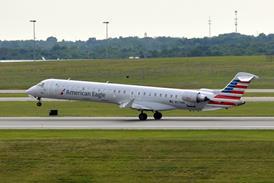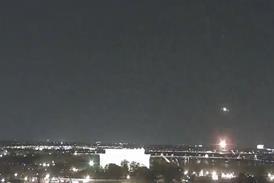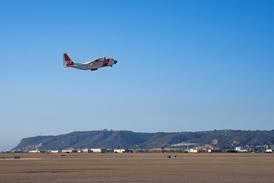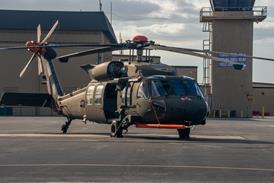Passenger-to-freighter conversion specialist EFW has issued repair instructions to Lufthansa Cargo after the carrier discovered cracks on a pair of Airbus A321P2Fs, in the vicinity of the aft floor structure.
EFW says it is “in close exchange” with the carrier, and expects the repairs to be completed “within a few days” enabling the twinjets to return to operation.
Lufthansa Cargo says a “single fine crack” in the aft of a converted A321P2F was discovered during routine checks on 9 January.
It identifies the aircraft as D-AEUC, a CFM International CFM56-powered airframe originally delivered to Niki in 2008.
It was operated by Eurowings before being converted and transferred to Lufthansa as a freighter in 2022.
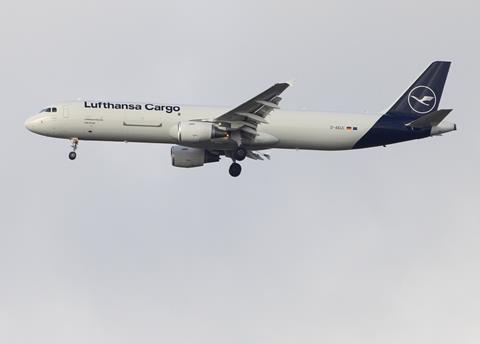
As a precautionary measure, says the carrier, its other three A321P2Fs – D-AEUI, D-AEUA and D-AEUJ – were withdrawn from service and checked for cracks.
EFW says a “minor crack” in a “similar area” was found in one of these other aircraft. Nothing was discovered on the other two freighters, which were returned to service on 10 January.
Lufthansa Cargo says the second affected aircraft is D-AEUI. This airframe, also fitted with CFM56 engines, was originally in service with Air Berlin from 2012.
“The passenger version of the Airbus A320 family is not affected by this,” it states. “Only the aircraft modified for the cargo operation are affected.”
Lufthansa Cargo approached EFW customer support regarding both A321P2Fs.
EFW says the affected parts “remain untouched” during the passenger-to-freighter conversion process, and are retained in the airframe.
But it adds: “The aircraft main-deck floor structure is under EFW responsibility after the aircraft operates as a freighter.”
EFW carried out a technical review and issued instructions to Lufthansa Cargo on rectification measures for both aircraft. It adds that these are covered by standard schemes in the A321 structural repair documentation.
Lufthansa Cargo’s two unaffected freighters were originally built in 2003 and 2012.
A321 freighters converted by EFW had briefly been the subject of fatigue-cracking concerns last September, when the European Union Aviation Safety Agency told operators to implement a tighter inspection regime in the vicinity of the centre wing-box.
But this instruction was rescinded after a review determined that stress and load calculations to determine compliance times for the checks had not been performed correctly.


